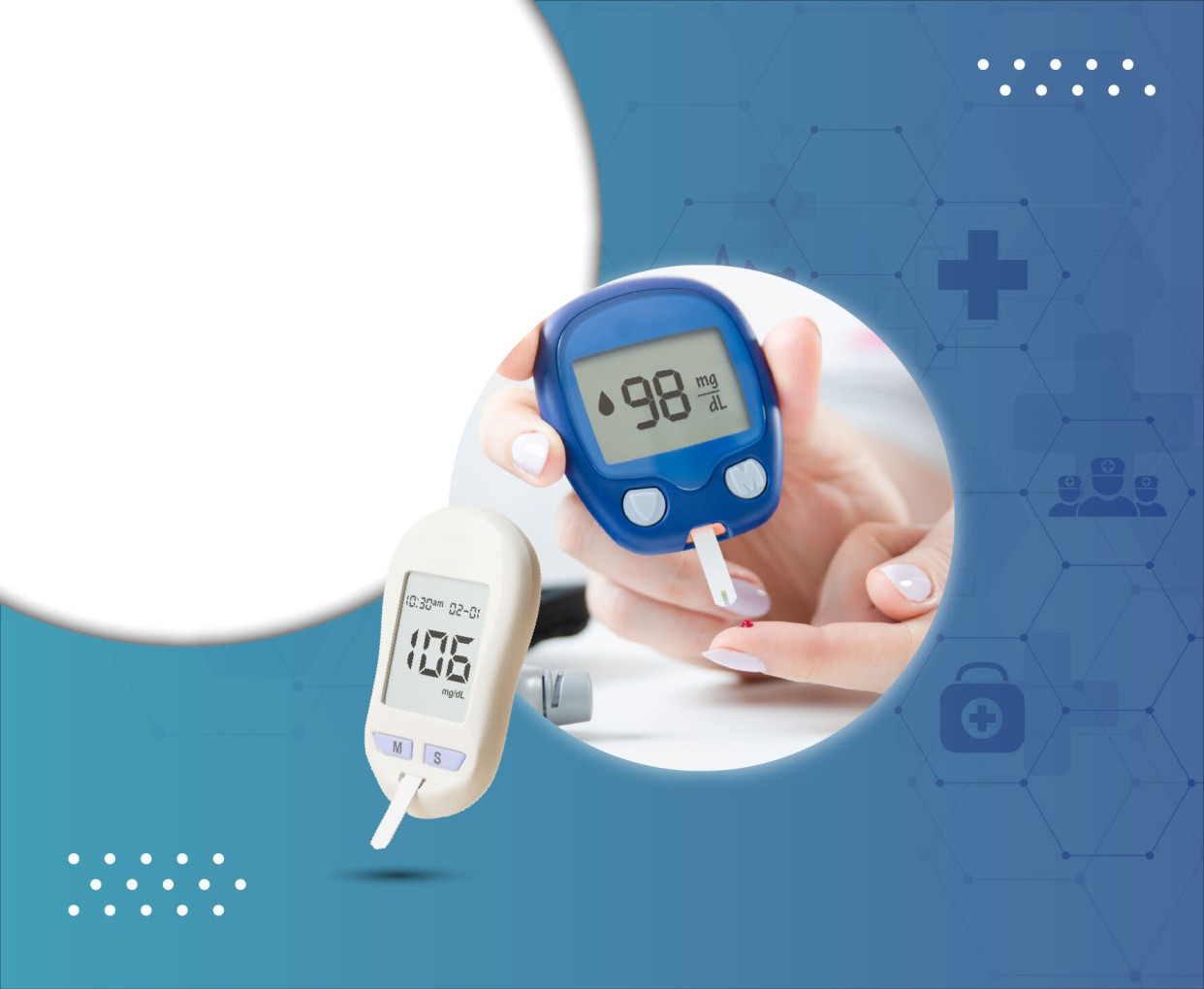Transforming Diabetes Care: Growth and Innovation in Saudi Arabia’s Diabetes Devices Market

The Diabetes Devices Market in Saudi Arabia is on a remarkable growth trajectory, driven by the rising prevalence of diabetes and significant advancements in medical technology. According to the latest market insights, this sector was valued at approximately USD 200.72 million in 2024 and is expected to surge to USD 325.66 million by 2030, reflecting a robust compound annual growth rate (CAGR) of 8.4% between 2025 and 2030. This growth underscores not only the increasing demand for effective diabetes management tools but also the Kingdom’s proactive approach toward transforming its healthcare landscape.
Rising Diabetes Prevalence Fuels Market Demand
Saudi Arabia faces one of the highest diabetes rates globally, with lifestyle changes such as sedentary habits and unhealthy diets playing a significant role. This escalating prevalence has created an urgent need for reliable and efficient diabetes management solutions. Devices such as blood glucose meters, continuous glucose monitors (CGM), insulin pumps, and smart insulin pens are now essential tools for millions of patients managing this chronic condition.
Regular blood glucose monitoring is critical in preventing diabetes-related complications, motivating the widespread adoption of these devices. Regions like Al-Bahah exhibit a concerning diabetes prevalence of 18.4%, while urban centers such as Riyadh and the Eastern Province show moderate prevalence rates around 10%. This varying regional distribution highlights the importance of making diabetes devices accessible not only in cities but also in more remote areas.
Technological Innovation Driving Market Expansion
The Saudi diabetes devices market is benefiting immensely from technological advancements. Modern devices now offer enhanced connectivity and integration with mobile applications, enabling patients to track glucose levels and insulin delivery conveniently in real time. Smart glucose meters and insulin delivery systems that sync with smartphones empower users, especially tech-savvy younger populations, to have greater control over their condition.
The rise of continuous glucose monitoring systems which provide around-the-clock glucose readings are also reshaping diabetes care. These advanced technologies reduce the risk of hypoglycemia and allow for better management of HbA1c levels, contributing significantly to improved patient outcomes.
Market Segmentation: Blood Glucose Monitoring Leads
Within the diabetes devices landscape in Saudi Arabia, Blood Glucose Monitoring (BGM) devices dominate the market, capturing a major share of 59% in 2024. This dominance stems from the high incidence of type 2 diabetes and the growing emphasis on regular self-monitoring. BGM devices include self-monitoring blood glucose (SMBG) systems as well as continuous glucose monitors.
SMBG devices retain popularity due to their affordability and ease of use for daily home monitoring. However, CGM devices are gaining ground thanks to their advanced features and enhanced data insights. The market also features insulin delivery devices, including pumps and smart pens, which, while smaller in share compared to BGM devices, are witnessing accelerated adoption due to their role in precise insulin management.
Regional Dynamics Reflect Healthcare Access and Awareness
The diabetes devices market growth is unevenly distributed across Saudi Arabia, reflecting differences in healthcare infrastructure and awareness levels. The Central region, anchored by Riyadh, accounts for about 35% of the market owing to its concentration of specialized hospitals and diagnostic centers. The Western region, including cities such as Jeddah and Makkah, follows closely with approximately 30%, supported by strong private healthcare facilities and a large population base.
The Eastern region also contributes significantly with nearly 20% market share due to its modern healthcare environment and relatively affluent population. Conversely, Southern and Northern regions combined make up roughly 15% of the market, reflecting challenges like smaller population sizes and limited access to specialized diabetes care, which affect device penetration.
Government Initiatives and Vision 2030
Saudi Arabia’s government is playing a pivotal role in accelerating the diabetes devices market through its visionary healthcare reforms under Vision 2030. There is a strong focus on modernizing healthcare infrastructure, improving preventive care, and increasing awareness about chronic diseases like diabetes. Investments aimed at expanding digital health platforms and integrating e-health services are making diabetes management tools more accessible and user-friendly.
Additionally, collaborations between international device manufacturers and local distributors have enhanced product availability. Government-led health campaigns are also encouraging early diagnosis and consistent monitoring, which positively influence market growth.
Competitive Landscape and Industry Players
The Saudi Arabia diabetes devices market is highly competitive, characterized by the presence of well-established global and local companies. Major players include Abbott Laboratories, DexCom Inc, Roche Holding AG, Bayer AG, Novo Nordisk, Johnson & Johnson, B. Braun, Sanofi, Insulet Corp, and Medtronic PLC among others. These companies are investing significantly in research and development to launch advanced diabetes management solutions tailored to the regional market needs.
Market competition is also fostering innovation in digital diabetes management tools, including smart insulin pens and insulin pumps with closed-loop systems. This competitive drive is likely to bring more affordable and sophisticated devices to patients in the coming years.
Future Outlook: Sustained Growth and Innovation
Looking forward, the Saudi Arabia Diabetes Devices Market is poised for sustained growth, driven by the intersection of rising disease prevalence, technological progress, and supportive health policies.
The projected growth to USD 325.66 million by 2030 represents a substantial opportunity for stakeholders, including healthcare providers, device manufacturers, and patients.
As diabetes continues to impact millions across the Kingdom, the emphasis on self-monitoring and efficient insulin delivery will only intensify. The integration of digital health solutions and data analytics is expected to revolutionize diabetes care, making it more personalized and proactive.
In conclusion, the Diabetes Devices Market in Saudi Arabia stands as a critical pillar within the Kingdom’s broader healthcare transformation. With a steady CAGR of 8.4%, this market not only promises significant commercial potential but also plays an essential role in improving patient quality of life and health outcomes through innovative diabetes management.